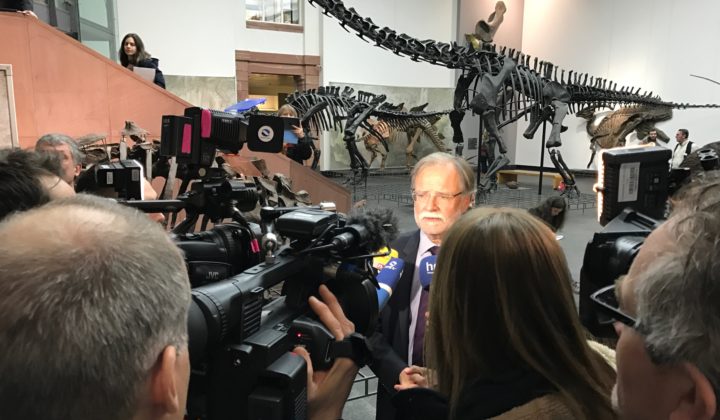Senckenberg up close
A big and very challenging puzzle
Interview with Dr. habil. Krister T. Smith
How does climate (change) influence ecological cycles and what can fossils teach us about the climate of past times? Paleontologist Krister Smith is fascinated about the roots of life. In this interview, he explains the origins of his excitement for Paleoherpetology and sheds light on the secrets hidden in the Messel Pit.
Why did you decide to become a scientist?
Honestly, I wasn’t even aware that one could become a scientist – that is, a professional – outside of a company or hospital until I was at university. There, I once asked a graduate student how many jobs there are in paleontology, and he answered: “There aren’t any.” An exaggeration, to be sure, but it’s true that there are many more people with degrees in paleontology than there are paleontologists. Still, I had already been “bitten by the bug,” I was stubborn and ultimately lucky.
What do you find especially fascinating about Paleoherpetology?
I am fascinated by the roots of things; I want to know where they come from. Lower vertebrates are highly diverse – there are over 10,000 living species of squamates, that is, lizards and snakes! They are also difficult to study. Unlike in mammals, say, you can’t just pick out jaws from an assemblage and identify species. You have to put the whole skeleton, or at least the skull, back together. It’s a big and very challenging puzzle. And I like a challenge.


